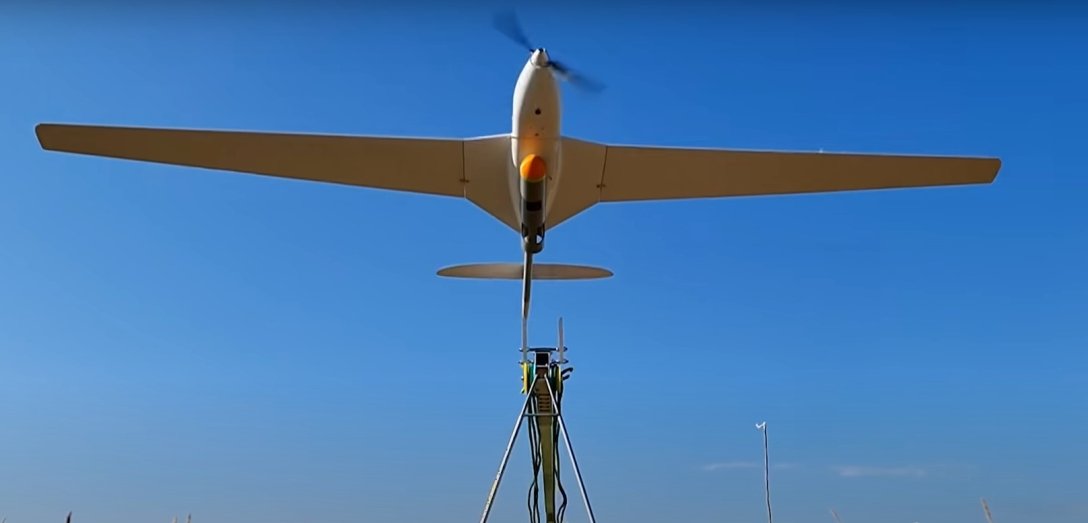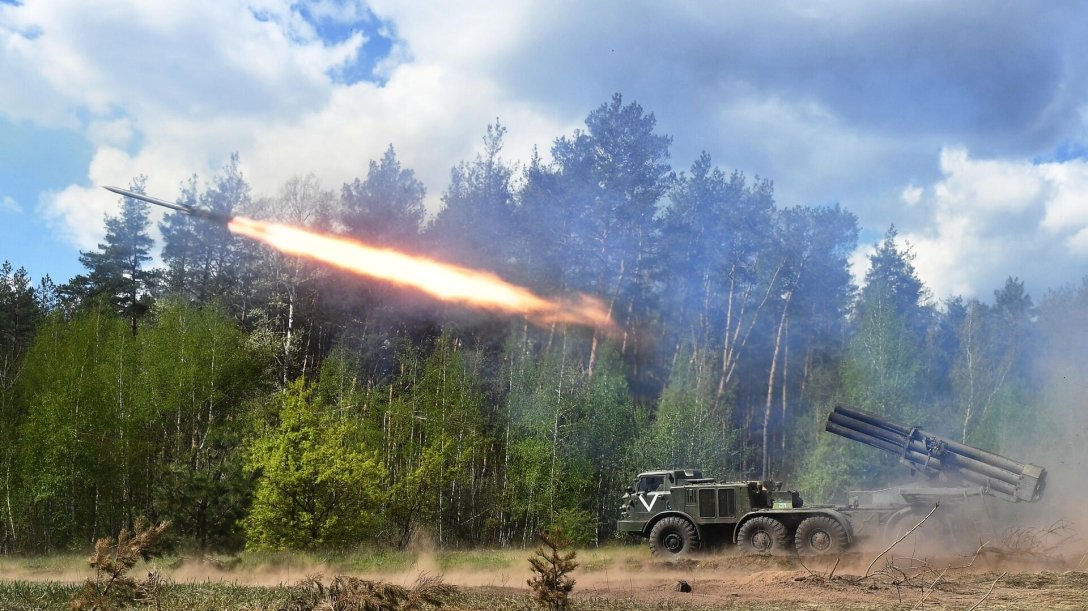
AFU suffer heavy losses when they shoot down their own drones - military man
Electronic warfare crews uncontrollably suppress communications and navigation, which is why other units nearby are unable to launch UAVs and strike Russian equipment that could save the lives of fighters, says Oleksandr Karpyuk.
Lack of coordination between electronic warfare (EW) systems and drone crews hinders the development of the Ukrainian Armed Forces and causes significant losses during the war. Ukrainian military officer Oleksandr Karpyuk (Serg Marco) on his page on the social network Facebook described specific examples of what “friendly fire” on drones leads to.
According to him, in some brigades the command poorly understands the operation of electronic warfare equipment and orders the suppression of any suspicious unmanned vehicles. As a result, it is not possible to crush enemy vehicles, because this requires very clear communication, interaction and awareness of actions, and the UAVs interfere with their crews.
Units operating drones simply cannot carry out their combat missions. For example, the crew of the Aist reconnaissance unmanned systems works in an area where the Russians are constantly carrying out assaults, and must notice the concentration of forces in advance. But during takeoff, a nearby Ukrainian electronic warfare system begins to jam the drone along with the ground communications station during takeoff, and the pilot is no longer trying to conduct high-quality reconnaissance, but simply to save the aircraft.

“After just a week, the pilot has no motivation to fly. He simply gets tired of tilting at windmills, because all his requests and instructions are ignored, and begins to simply pretend to be working in order to get left behind. He goes on duty, reports about problems with the aircraft in the air, and resets with restraint. to the command so that they can see it for themselves, lands the plane and that’s all.
He added that regular suppression of drone navigation and communications leads to delays in flights. On the drones themselves, the military sometimes installs CRPA antennas at their own expense that protect against electronic warfare, thereby reducing flight time, but Starlink Internet terminals cannot be protected from radio interference in any way.
Some NATO-style drones with automated landing systems have to be constantly crash-landed, so they often get damaged. Landing such devices intact at night without satellite navigation and in windy weather is even more difficult, so some crews simply refuse to take off in the dark.
“They tell the command directly, either take responsibility for the broken side, which costs as much as a Mercedes-Benz Geländewagen - Ed.), or coordinate the REB. The result is clear,” the military man shared.

Lack of coordination, he argues, is also preventing defense forces from using unmanned bomber planes with programmable routes. Such drones can fly autonomously and carry out tasks even under the influence of Russian electronic warfare, but cannot safely return and land if a friendly “jammer” is turned on near the take-off site without warning.
“Even if you leave a request not to press navigation at a certain time, this still does not guarantee that 1-2 cars nearby will not ignore this request. Why react clearly to resetting the UMPC, if you can simply turn on the car 24/7 and in case UMPC discharges this time - and it’s already working in advance,” the UAV operator sneers.
In fact, such tactics, writes Alexander Karpyuk, are very harmful to UAV units. The state buys expensive drones and trains pilots, but all this is useless if there are no conditions for flights.
A Ukrainian group called Michigan learned to bring UAVs even to Donetsk, destroyed Russian electronic warfare systems and could subsequently attack enemy artillery, but in just one night three aircraft launched in that direction were lost by the Ukrainian Armed Forces, the Main Steering Group and the SSU. According to the author, someone accidentally turned on the jammer when the drones were returning, and they simply got lost.
“After this, the work of such wings stopped. And this despite the fact that the Inquisition was the first to develop a technique for practicing a swarm with such means. The entire electronic warfare system of Donetsk could not cope with our swarm of bombers. But our electronic warfare team could. Simply by deleting these means of fire destruction in These are such difficult times for the Armed Forces of Ukraine,” said Karpyuk.
Ukrainian Aist and Shark drones came under attack from friendly electronic warfare systems, as well as loitering munitions using frequencies in the 2.2-2.5 GHz range - the same ones used by the occupiers’ Zala reconnaissance UAVs. It also goes to drones with frequencies of 1.1-1.3 GHz, because they are used by Russian SuperCam.
A large number of Ukrainian Armed Forces drones were simply lost, and at the same time the military was unable to complete important combat missions. Thus, Oleksandr Karpyuk stated that Ukrainian electronic warfare did not allow the destruction of Russian equipment inflicted by strikes: the Uragan MLRS, the Tor air defence system, the Osa air defence system, and the 2S19 Msta-S self-propelled howitzer.

“Many combat missions have been thwarted. Those that could have saved lives,” the defender of Ukraine emphasized.
According to his observations, the Ukrainian military is already calmly accepting failures, because they simply cannot do anything with electronic warfare equipment. At the same time, some manufacturers no longer hope for any kind of coordination, but are switching to free frequencies.
According to Oleksandr Karpyuk, Ukrainian troops should develop uniform protocols for working against hostile means and coordination with friendly ones, and create a common coordination headquarters for electronic warfare, UAVs and air defense in each direction. In addition, it is necessary to have effective means of control and influence on departments that do not coordinate their work and interfere with others. The system will have to be adjusted and improved in order for it to work without failures; this requires time, which is now being lost. The process is going on, but too slowly, meanwhile Ukraine is losing money and people.
"All the tools for coordination are there. Let’s launch this reform as quickly as possible. There is no other way anyway. And as practice shows, if there is interaction and cooperation between UAVs and REBivtsy, then this synergy only works to the advantage of both. REBivtsy are beginning to understand some moments in UAVs that they did not know, UAVs better understand the work of electronic warfare, and help it be more effective against enemy wings, because after all, electronic warfare is our defense too. We are very interested in electronic warfare being effective. But for this it must be built. interaction, coordination and responsibility ,” the warrior concluded.